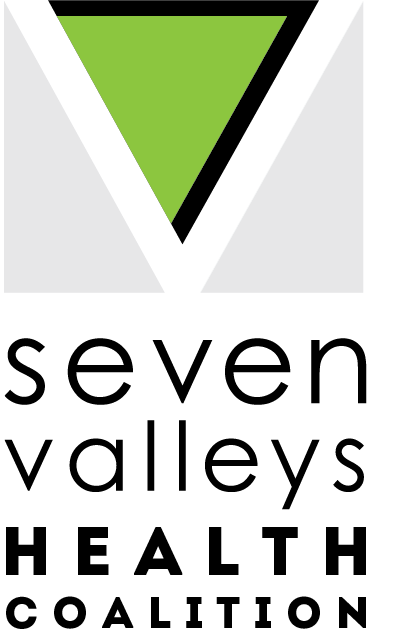Ingredients To Food Waste
Since hosting the Local Foods Local Places technical assistance grant, the City was awarded the DEC Food Scrap and Waste Reduction Grant in collaboration with Seven Valleys Health Coalition (SVHC) in which we are subcontracted to carry out and continue to expand the work to improve our local food systems. As many of Cortland County residents are faced with financial uncertainty and/or food insecurity we want to raise awareness on the issue of food waste.
Food waste has effects at all levels. The waste generated from one person can impact their entire community and environment. That loaf of bread thrown away is more than just your discarded bread.
Roughly 30-40% of the food produced within the United States goes to waste. Food waste refers to food produced for human consumption that gets thrown away. Food waste occurs for a number of reasons, which would be too in depth for a single post. Instead, for today’s blog we wish to introduce you to the issue of food waste and its impacts. In the weeks to come we will feature Food Waste Friday’s with blog posts and helpful tips to help individuals like yourself to save money, live healthier lives, and have positive impacts on your community.
Reports estimate roughly 45% of all fruits and vegetables produced in the U.S. are wasted for cosmetic reasons or lack of adequate storage, and ReFed reports 43% of produce is wasted by Americans at home. Globally, the wasted food that ends up in landfills produced about 3.3 billion tons of greenhouse gases in 2017 and uses 25% of America’s freshwater supply. Local farmers spend a significant amount of resources to grow and harvest produce for us in Cortland County, when we waste those delicious foods, we are wasting their time, money and resources that went into harvesting.
The estimates of the cost of food waste on the environment varies depending on the methods of analysis, however using the information from the Food and Agriculture Organization of the United States, food production costs the U.S. upwards of 10% of the energy budget, 50% of land, and uses between 20-80% of all freshwater consumed. The food wasted in the U.S. accounts for 15% of all disposed municipal solid waste, and costs roughly $165 billion annually. Okay, so you might be thinking well Cortland has it together, we must be doing good…well I won't doubt that Cortland is doing great, but according to the Solid Waste Management Plan, the amount of food ending up in the landfills is nearly equal the amount of plastics which consisted of 13.71%. Further, it was calculated that none the food waste generated within the county was diverted from the municipal solid waste. Now that we are done with the doom and gloom and highlighted all of the negative, let’s switch this up, shall we?
Despite the large amounts of food waste flooding our environment and landfills, we have multiple players at the table, partnering with us to take steps to make Cortland phenomenal and healthier – truly working together for a healthier community. The county aims to divert 35% of food waste from entering the municipal waste system by 2021, SVHC partnering with the City aims to expand its work on the food system by implementing programs and actions to help the county in achieving this goal, while promoting local foods, and equitable access to foods for all of Cortland County’s residents.
As we kick off this blog series, stay tuned for more information and methods you can take to help address the issue of food waste and how to limit the negative effects your actions may have on the local food systems and environment. Each week during #FoodWasteFridays we will highlight each of the topics of what’s in food waste. If you have already taken steps to do so, why don't you leave a comment here to let us know what you’re doing to help your community?
If you can’t wait for our next post and want tips on how to reduce your waste now, check out the helpful info-graphic below.


